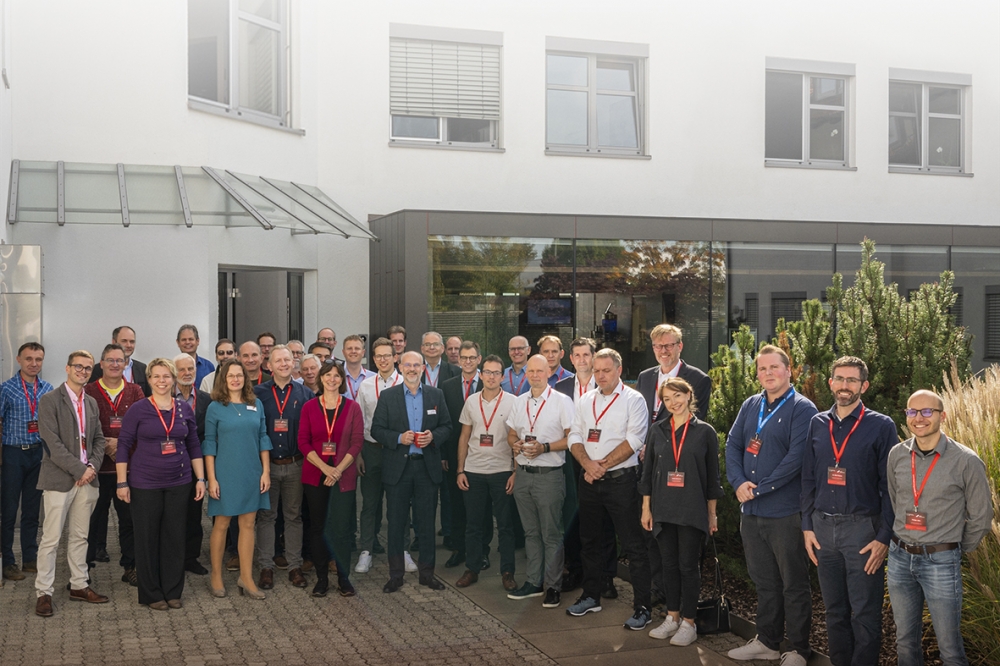UV experts exchange ideas and experiences

3rd International UV WORKshop focuses on short wavelength ranges UVC and Deep UV
On October 5 and 6, about 45 industry and research representatives met at Laser Components’ premises in Olching near Munich for the 3rd International UV WORKshop.
For two days, they exchanged information about the latest developments in the field of ultraviolet light. The second day of the event was completely dedicated to the growth market of UV-LEDs. For these sessions, Laser Components and the industry association Advanced UV for Life e.V. had developed a programme that focused on the short wavelength ranges UVC and Deep UV. UVC applications for disinfection and sterilisation are currently among the most important innovation drivers in the industry.
The event kicked off with presentations on a variety of innovations. Phillip Jahn from Toptica Photonics AG, for example, presented their Deep UV high-power laser system. As part of a joint project, it is now used as a 229 nm laser source for UV Raman spectroscopy.
Leo Schowalter from Nagoya University and Marco Jupé from the Laserzentrum Hannover e.V. both presented the results of their current research. The UVC laser diodes developed in Japan use pseudomorphic AlGaN on single-crystal AlN substrates and are already employed in the industry – for example in UVC LED production. In Hannover, they focus on new coating concepts that incorporate so-called quantum laminates (QNLs) into the layer system. This allows for more precise adjustment of optical band edge and refractive index and increases the damage threshold resistance.
LED technologies, which were the main topic of the second day's presentations, are currently the subject of intense discussion. UVC LEDs are considered to be the technology of the future when it comes to disinfection of water, air and surfaces. Jens Raß from the Ferdinand-Braun-Institute informed the participants about the current state of Far-UVC research. The day before, USHIO presented another technology and the related applications in this field with 222 nm excimer lamps.
US manufacturer Bolb, which specialises in germicidal UVC LEDs, currently achieves the highest output from a single chip at 265 nm with over 100 mW. The joint DINoLED project is currently working on a DIN standard for the use of such LEDs in public drinking water treatment. The Korean company Photon Wave, whichalready covers UVB and UVC wavelengths, announced at the WORKshop that it will soon expand its extensive product range to include 340 nm UVA LEDs.
“The UV industry is moving at a fast pace,” says Olga Stroh-Vasenev, who is in charge of this product area at Laser Components. “There are no established standard solutions yet, especially in the short-wave UVB and UVC spectra. With our WORKshops, we offer scientists, engineers, and companies a platform to exchange knowledge and experience. The success of this series of events proves us right.”
“Laser Components provided a perfect setting for the almost family-like exchange of experience, knowledge and ideas in a way that large conferences cannot offer," adds Klaus Jacobs of Advanced UV for Life e.V. “I would particularly like to highlight the contributions on the current field of Far UVC, which enables UV disinfection without doing any harm to the human skin or eyes. The WORKshop gave an overview of the latest status from an industrial point of view.”































